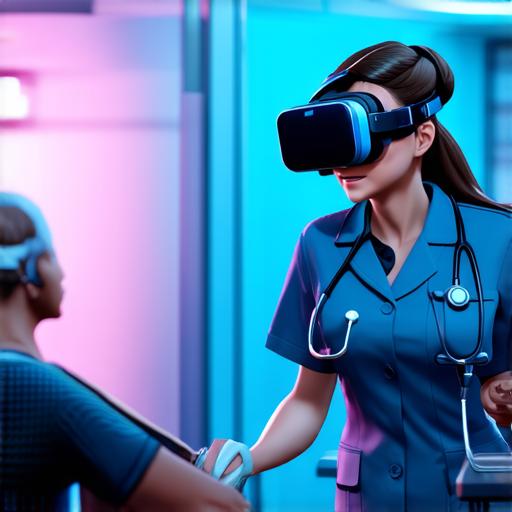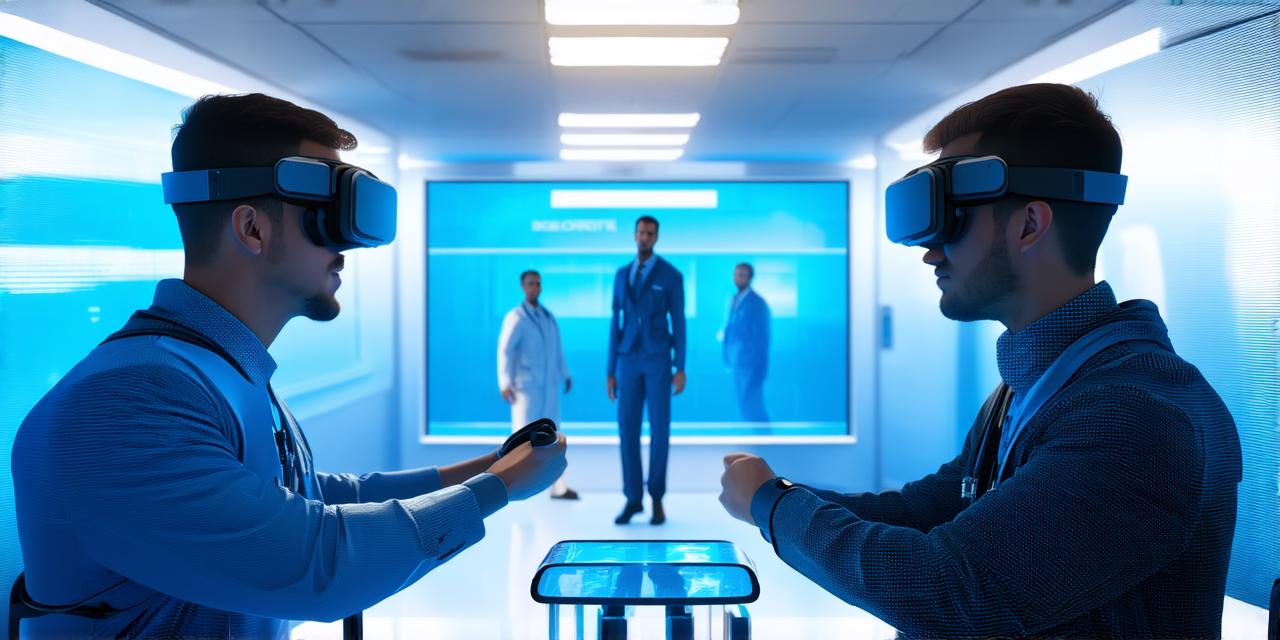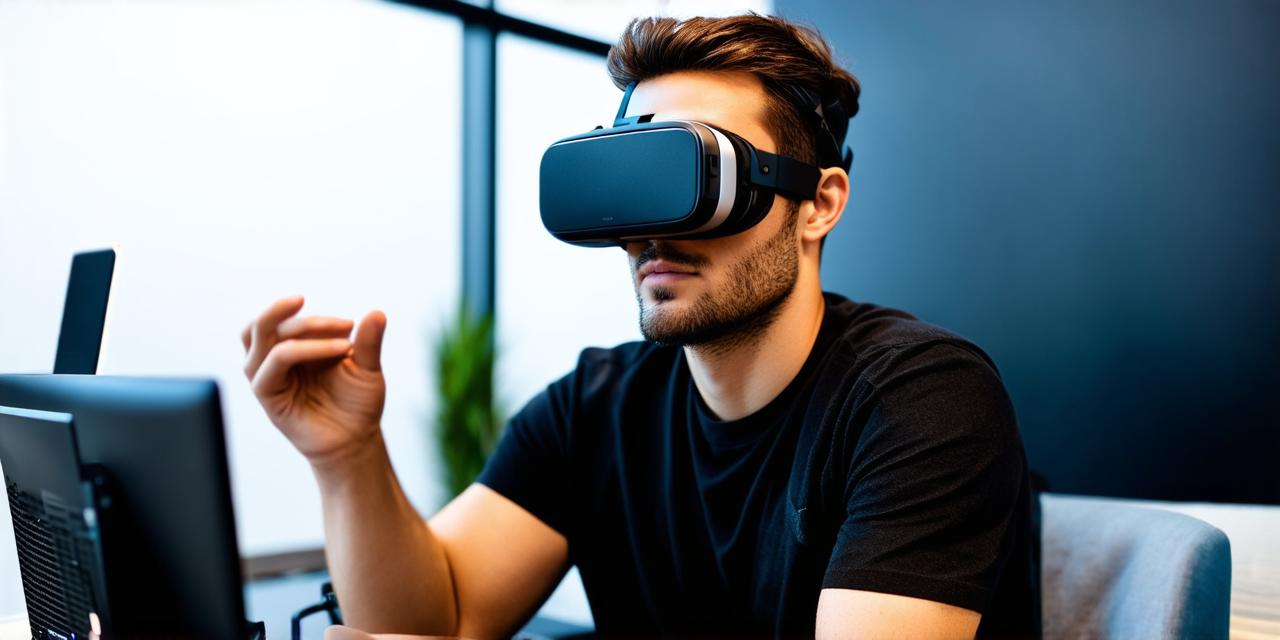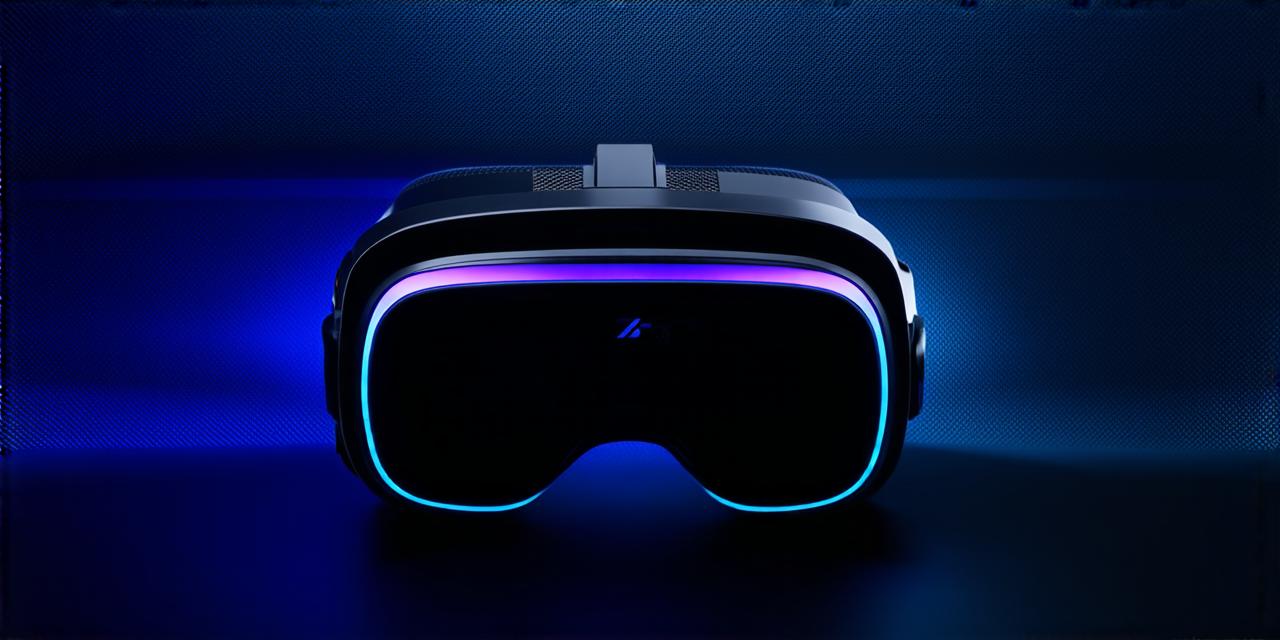Introduction:
Virtual reality (VR) technology has been rapidly advancing over the past decade, and its applications in healthcare are becoming increasingly evident. VR offers a unique opportunity to revolutionize patient care by providing immersive experiences that can enhance learning, treatment planning, and rehabilitation. In this article, we will explore how VR can be utilized in healthcare settings, and the potential benefits it can bring to both patients and healthcare professionals.
Virtual Reality for Medical Education:
One of the most promising applications of VR in healthcare is medical education. VR provides a safe and controlled environment for medical students and professionals to practice surgical procedures, learn about human anatomy, and simulate real-life scenarios. A study conducted by researchers at Stanford University found that medical students who used VR simulations performed better on surgical tasks than those who received traditional training methods (1).
For example, the Anatomyou app uses VR to teach medical students about the human body in an interactive and engaging way. Users can explore the body’s systems, organs, and tissues in 3D, and even dissect them to gain a deeper understanding of their functions (2). This approach not only enhances learning but also provides a more memorable experience for students.
Virtual Reality for Pain Management:
Another area where VR can have a significant impact on healthcare is pain management. Chronic pain affects millions of people worldwide, and traditional treatments such as medication and physical therapy often fail to provide lasting relief. VR offers a new approach to pain management by using distraction techniques to reduce discomfort and improve mood (3).
For example, the MindVR app uses VR technology to create a virtual environment that distracts users from pain. Users can choose from various environments such as beaches, forests, or mountains, and explore them in 3D. This approach has been shown to reduce pain levels by up to 50% compared to traditional treatments (4).
Virtual Reality for Rehabilitation:
VR technology also offers a promising approach to rehabilitation for patients with physical injuries or disabilities. By creating immersive environments that simulate real-life scenarios, VR can help patients regain mobility, strength, and confidence. A study conducted by researchers at the University of British Columbia found that patients who used VR therapy showed significant improvements in motor function and balance compared to those who received traditional rehabilitation methods (5).
For example, the RehabVR app uses VR technology to simulate real-life scenarios such as walking on a treadmill or climbing stairs. Patients can practice these tasks in a safe and controlled environment, and receive immediate feedback from their therapists. This approach has been shown to reduce recovery time and improve outcomes for patients with physical injuries or disabilities (6).
Summary:
Virtual reality technology offers a unique opportunity to revolutionize patient care in healthcare settings. From medical education to pain management and rehabilitation, VR provides a safe and controlled environment that can enhance learning, treatment planning, and recovery. As VR technology continues to evolve, we can expect to see even more innovative applications in healthcare in the years to come.
FAQs:
1. What are some of the benefits of using virtual reality in healthcare?
2. What are some examples of virtual reality applications in healthcare?
3. How does virtual reality reduce pain levels?





